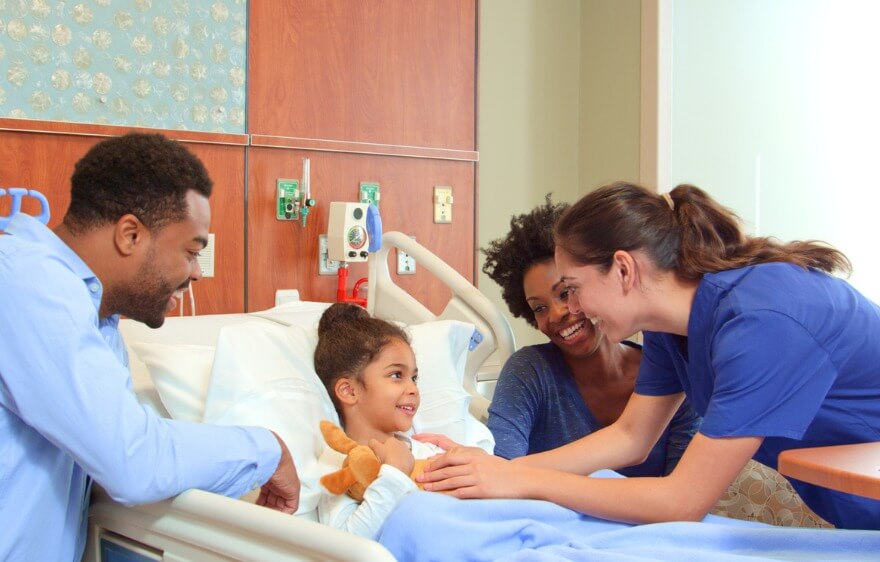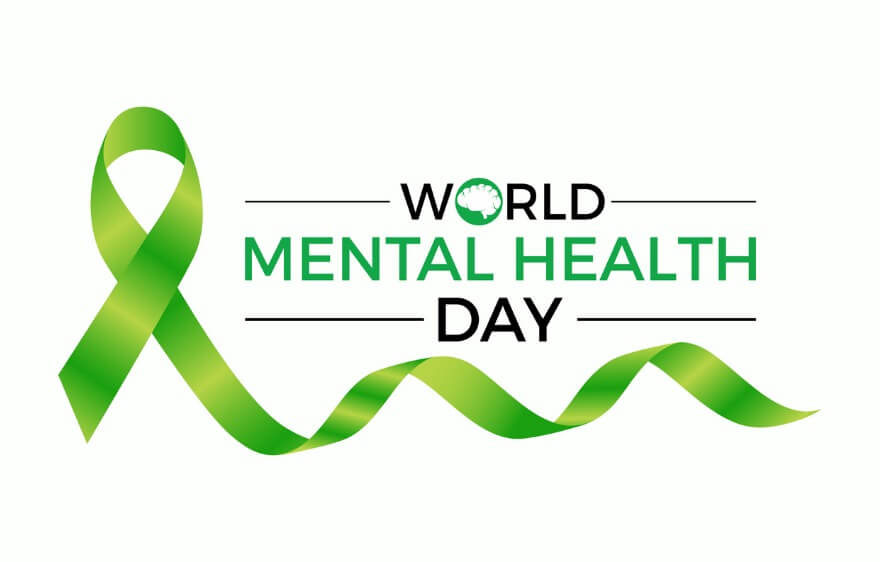If your child has been diagnosed with Becker Muscular Dystrophy (BMD), you’re likely facing many questions about the condition and what the future holds. This rare but manageable condition can create challenges, but with the proper knowledge and support, those living with BMD can lead fulfilling lives.
Whether you’re a parent or a caregiver, this blog is here to help you understand Becker Muscular Dystrophy. We’ll cover the causes, symptoms, treatment options, and steps anyone can take to care for a child living with this condition.
What is Becker Muscular Dystrophy?
Becker Muscular Dystrophy (BMD) is a type of muscular dystrophy, a group of genetic diseases that cause muscle weakness and degeneration. BMD primarily affects muscles, moving progressively harder over time, but it is less severe than the more well-known Duchenne Muscular Dystrophy (DMD). BMD is caused by a mutation in the dystrophin gene, which leads to a deficiency or abnormality of dystrophin, a protein essential for muscle function. Without enough dystrophin, muscles begin to weaken, and people may face challenges with mobility and strength.
BMD typically presents in males, but females can carry the gene and pass it on to their children. The condition progresses slowly, and people with BMD often live well into adulthood, with a life expectancy that can be close to normal depending on the severity of symptoms.
Symptoms of Becker Muscular Dystrophy
The symptoms of BMD can vary widely from person to person. They typically begin in childhood or adolescence, but they may not be noticeable until the teenage years or even early adulthood. Here’s a general idea of what symptoms might look like:
- Muscle Weakness: This is the leading symptom, typically beginning in the thighs, hips, and shoulders. It can extend to other areas of the body, such as the lower legs, arms, and heart muscles.
- Difficulty with Movement: Children and adults with BMD may struggle with tasks like running, climbing stairs, or standing up from a seated position.
- Waddling Walk: A characteristic “waddling” gait may develop as muscles weaken.
- Cardiomyopathy: Some children with BMD develop heart problems, such as a weakened heart muscle, which can affect the heart’s ability to pump blood effectively.
- Muscle Cramps and Pain: Individuals may experience occasional muscle cramps or discomfort.
- Scoliosis: Curvature of the spine may develop due to muscle weakness.
Because the condition progresses slowly, many with BMD can maintain a relatively active lifestyle for many years with appropriate management and care.
Causes of Becker Muscular Dystrophy
BMD is inherited in an X-linked recessive pattern, meaning the mutated gene is on the X chromosome. Since males have only one X chromosome, they are more likely to show disease symptoms if they inherit the faulty gene. Females have two X chromosomes, so if one X carries the mutation, the second X can often compensate and usually doesn’t show symptoms. However, female carriers can pass the gene on to their children.
Becker Muscular Dystrophy results from a mutation in the dystrophin gene. This gene produces dystrophin, a protein essential for preserving muscle cell integrity. The body produces insufficient dystrophin or defective protein in BMD, resulting in gradual muscle damage.
Risk Factors for Becker Muscular Dystrophy
Since BMD is an X-linked genetic disorder, the primary risk factor for it is being male. However, females can also carry the gene and pass it on to their children, although they usually don’t show symptoms. If a male has a sister who carries the mutated gene, he could inherit BMD. Similarly, a male with a daughter may pass the mutation onto her.
It’s important to note that BMD isn’t caused by lifestyle choices or environmental factors. The condition is purely genetic, and knowing family history can be key to understanding the likelihood of passing it on to future generations.
Diagnosis of Becker Muscular Dystrophy
If you suspect that a child or loved one may have Becker Muscular Dystrophy; early diagnosis is crucial for managing the condition and maintaining a good quality of life. Typically, diagnosing BMD involves several steps:
- Medical History and Physical Exam: The doctor will review the individual’s medical history and look for signs of muscle weakness and other symptoms.
- Genetic Testing: A blood test can identify mutations in the dystrophin gene that cause BMD. This is the most definitive method for diagnosing the condition.
- Muscle Biopsy: In some cases, a muscle tissue biopsy may be done to look for abnormalities in dystrophin production.
- Electromyography (EMG) and Muscle Function Tests: These tests measure muscle electrical activity and function to help assess the degree of muscle weakness.
The earlier BMD is diagnosed, the more quickly effective treatment and management plans can be put in place to slow the progression of the disease and support healthy mobility.
Treatment for Becker Muscular Dystrophy
While there is no cure for BMD, there are multiple treatment options to help manage symptoms and improve quality of life. The goal is to slow down muscle weakness, improve mobility, and address complications like heart issues. Treatment may include:
- Physical Therapy and Exercise: Collaborating with a physical therapist supports muscle strength and flexibility, enhances mobility, and lowers the risk of joint contractures, which can lead to the permanent shortening of muscles or tendons.
- Medications: Steroids like prednisone or deflazacort may help improve muscle strength in some people with BMD. Medications to manage heart issues or other complications may also be prescribed.
- Heart Monitoring: Because BMD can affect the heart, children may require regular cardiac checkups to monitor for signs of cardiomyopathy. Medications like ACE inhibitors or beta-blockers may help manage heart function.
- Surgical Intervention: In some cases, surgery may be needed to address issues like scoliosis or contractures. The type of surgery depends on symptoms and their progress.
Though these treatments can’t stop the disease, they can help improve life expectancy and maintain independence for as long as possible.
Caring for a Child with Becker Muscular Dystrophy
Caring for a child with BMD can be challenging, but your love and support can make a world of difference. Here are some tips to help you care for a child with Becker Muscular Dystrophy:
- Encourage Independence: While it may take some extra time or effort, encourage your child to do things independently as much as possible. This builds confidence and allows them to maintain a sense of autonomy.
- Adapt to Their Needs: As muscle weakness progresses, changes at home, such as installing ramps, using mobility aids, or modifying school or social activities, may be necessary.
- Provide Emotional Support: Children with BMD may feel frustrated or anxious about their condition. Offer reassurance, listen to their concerns, and encourage open communication about their feelings.
- Be Proactive About Health: Regular doctor visits, physical therapy, and monitoring heart health are essential to maintaining well-being. Stay on top of treatments and ensure your child’s care team works together to create a personalized plan.
Achieving Successful BMD Outcomes
Home health services can tremendously support families caring for someone with Becker Muscular Dystrophy. These services provide skilled care in the comfort of your home, reducing the need for frequent hospital visits. Benefits include:
- Personalized Care: Home health care nurses s can create a care plan tailored to your loved one’s specific needs, from physical therapy to managing heart issues.
- Convenience and Comfort: Pediatric home health care is often more comfortable for individuals with BMD, as it allows them to remain in a familiar environment.
- Reduced Stress: Home health care services can help relieve the burden on family caregivers by taking over some responsibilities, allowing you to focus on quality time with your loved one.
- Improved Quality of Life: Professional care at home can ensure that the right therapies and treatments are followed, contributing to a better overall quality of life for individuals with BMD.
Becker Muscular Dystrophy may present unique challenges, but with early diagnosis, a solid treatment plan, and the support of family, friends, and healthcare providers, individuals with BMD can live full, meaningful lives. Understanding the condition, staying proactive about care, and embracing available support options can make a world of difference for children living with BMD and their families.
The journey may have its ups and downs, but with the right resources, you can ensure that your little one receives the care and support they need to thrive.
Schedule Your Child’s Care Assessment Today
At Care Options for Kids, we understand the unique challenges of caring for a child with severe health conditions. Our dedicated team of pediatric home health care nurses is here to support your family with compassionate, expert care tailored to your child’s needs. Contact us today to schedule an assessment and learn how we can help you navigate this journey with confidence and care.
Click here to start your journey to better care.






